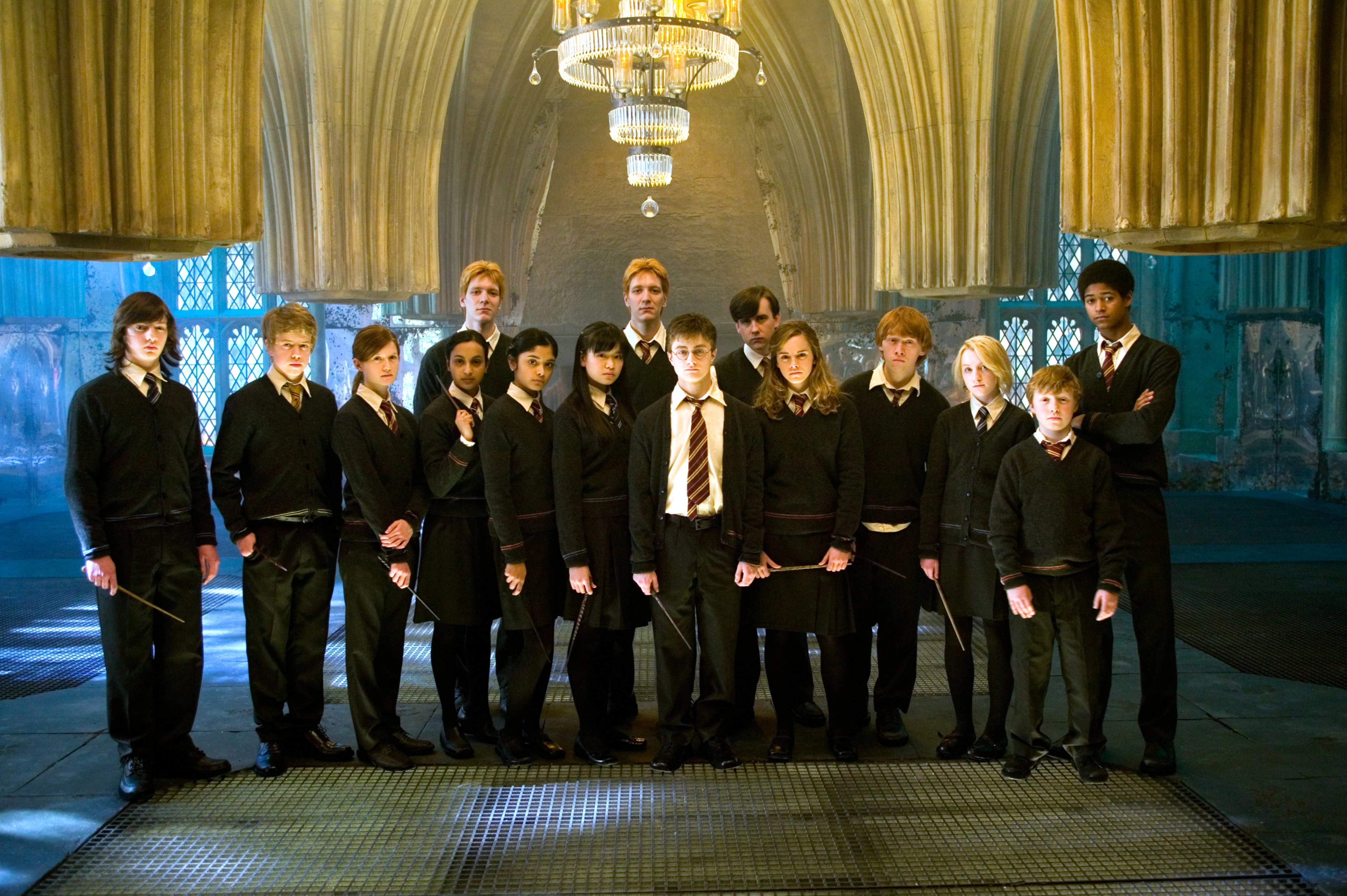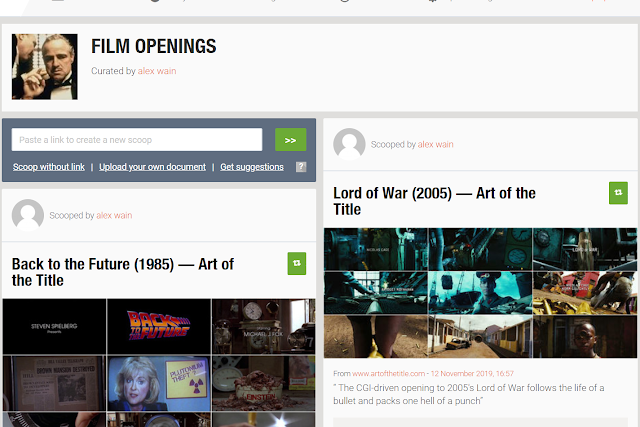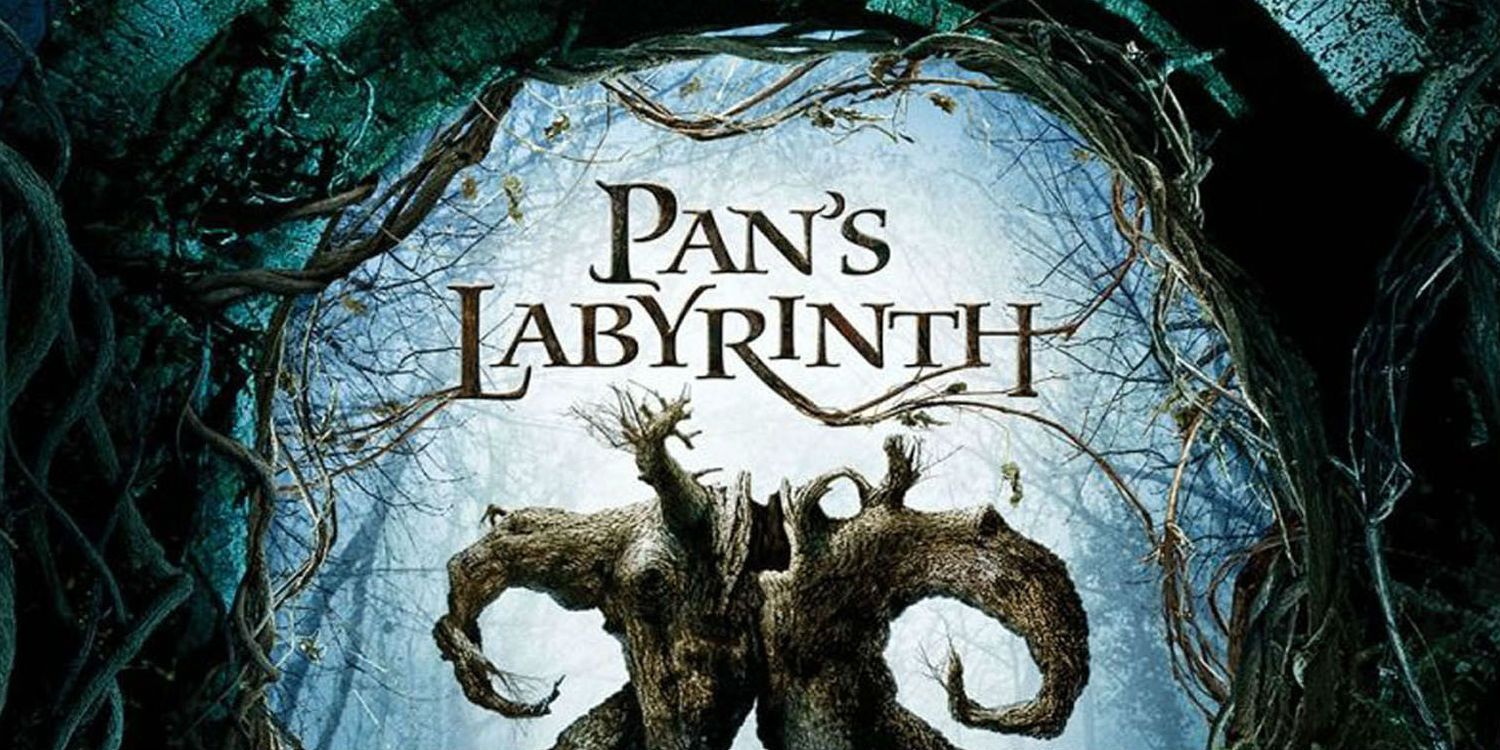RESEARCH : Art of the Title - Back to the Future
The start of this title sequence consists of a plain black screen with white writing appearing, this is
reflective of the time period in which this film was made as they may not have had the equipment and
the budget to make a more extravagant font for the directors name. as mentioned it states the name
of the director which indicates to the viewer who is responsible for the story and execution.
There is no audio at the start of this sequence, but two seconds into this sequence there is a faint
sound of a clock ticking, which is clearly a reference to the theme of this film, which is time and
traveling through time.
Following this there is more text informing the viewer who is responsible for writing the film, in this
caseit states that it is a ‘Robert Zemeckis film’. This gives the viewers an idea of who is responsible for the
creative decisions and getting this film made.
The title is shown (with no music playing over it), indicating that this perhaps isn’t going to be super
reliant on big action sequences or epic music/sounds to keep the audience engaged.
A slow fade then follows this, showing one clock, and telling the audience that it is about five to eight.
This again is building up the theme of time in this sequence. The camera then pans, to show
yet more clocks of which all show the hands of the clocks are the exact same time.
The sound of the solo clock ticking is then joined by more tickings of the multiple clocks. However,
they are not all in sync yet show the same time, which suggests to the audience that something is
afoot.
There is some text that appears telling us that Michael.J.Fox is starring in this film. The
camera then pans away from the clocks, whilst more text appears titling Christopher Lloyd, and Lea
Thompson, who are yet more actors that are being featured in this film. The audience would expect
this information.The pan continues showing more clocks and shows two other actors name, indicating
more actors that starred in this film.
The pan then shows sections of a newspaper that have been cut out and framed. One shows that
the Brown's mansion has been destroyed this makes the viewer wonder who the Brown family are
and why it was destroyed. It will also make the audience question how Emmet Brown became bankrupt.
The section of the paper next to it showed that the estate was sold, again this makes the viewer
question who it was sold to. This is clearly trying to inform the viewers of some events that have
happened before the film so we can get some context to the situation the brown family are in before the
film starts.
The camera pans downwards to show two men in frames hanging on the wall and this tells us they
are people of interest and inspiration to Emmet, the inventor. This also tells us that he has an interest
in science and maths for there are lots of technical and mathematical items hanging on the wall and
kept in storage, plus he is described as an inventor.
The camera pans outwards and more text appears, telling the viewer who is responsible for casting.
The pan continues, showing a radio, the radio station is broadcasting that a Toyota car is for sale at a
deal. Making audience sense that Dr Emmett Brown was looking to buy a car. The pan widens and
shows a coffee machine automatically making coffee, this connotes innovative ideas and efficient
behaviour, however there is no mug, so it spills everywhere, which is reflective of Dr Emmett Brown’s
ideas and how they are executed.The audience can probably sense that he isn't your usual scientist.
The pan continues showing two more clocks, which again continues building on the theme of time
and innovation. Whilst this is happening text appears on the screen titling a song that was specifically
written for this film and will appear twice throughout the runtime.
The pan then turns to a TV which is on a news channel. The female newsreader states that there is
missing plutonium and the government has denied these rumours. This engages the viewer as we
believe that the plutonium is stolen otherwise it wouldn’t have been mentioned in the opening sequence.
The camera then pans forward more, showing multiple inventions and text appears which tells the
viewer who wrote the music. The pan continues showing more inventions and then a can rolls
into the machine to which it was then moved and emptied, this shows that the inventions are innovative
and don’t require human interaction.
There is then a hard cut to show a dog bowl with overflowing food, presumably left from days ago in
a dog bowl with the name ‘Einstein’ on it, again suggesting that Dr Emmett Brown has a sense of humour
and respects and admires the famous scientist. The camera then follows the machine with a tracking
shot, following the dog food can as it gets dropped into the overflowing bin full of cans, suggesting the
idea that it hasn’t been touched for a long time and that Emmett Brown is possibly a busy man.
The door then opens with a person dropping the key underneath the mat and calling out ‘Doc?’ A boys
voice is heard and suggests that he knows Dr Emmett Brown and frequently visits him as he is aware of
where the key is. The person is wearing jeans and carrying a skateboard, which indicates his age as being
young.
The boy then steps into the building, suggesting familiarity with this location. Whilst this is happening
the names of the executive producers appear, which tells the viewer who is responsible for the execution
of the film. The boy then steps in and begins talking to himself, which connotes the idea that no-one is
there and he is alone. More text appears indicating to the viewer who wrote the film.
The boy then puts his bag on his skateboard and places it on the ground, kicking it backwards, the
camera then follows the board with a tracking shot until it hits a box. The writing on the box is
shown to the viewer, which tells them ‘plutonium, handle with care’ this pays off the mystery of the
missing plutonium and suggests that the government are lying to their country.
It cuts to an extreme closeup of a boy putting his guitar jack into the amplifier and turning up everything
to full, which indicates that he is a big music fan and that he enjoys playing music. Following
this there is a hard cut to show the boy putting the other end of the cord into his guitar, then turning the
volume all the way up, this shows that he enjoys loud music and he is into rock.
The camera then pans away, with more text showing, telling the viewer who produced the film. The
pan continues, with the boy turning away from the camera, covering his face as it has not been shown
up until this point. Then turning up the volume even more.
The camera pans into a long shot showing the size of the amplifier and awing the audience with its
size. The producers’ name then appears and the boy is still turned away, so we are again trying to
figure out who he is, then he turns towards the amplifier and strums the guitar sending him flying
backwards and breaking the amplifier.
The final shot of this opening sequence is a long shot of him sitting on a sofa that he has just landed
on thanks to the force of the amp blowing and a series of books falling off the bookshelf onto him, this
connotes that perhaps all is not as it seems with the inventor and his inventions.













